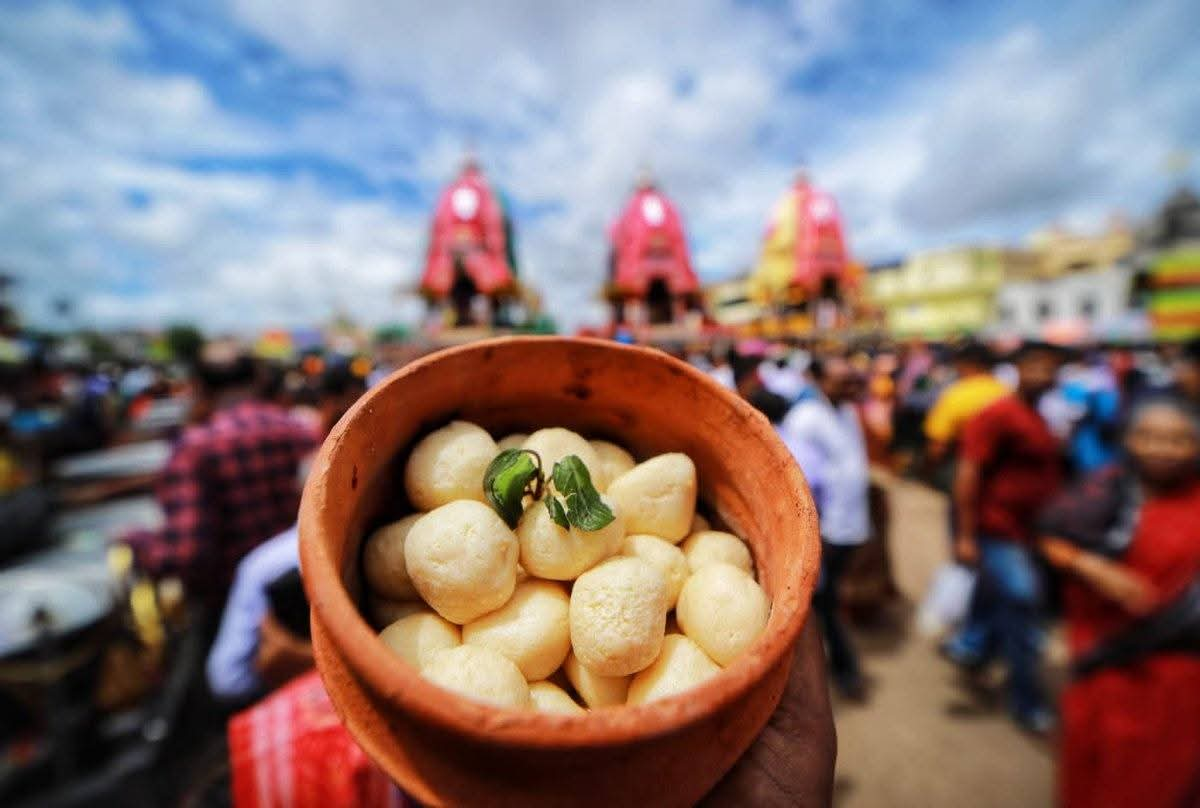On Tuesday, July 8, 2025, the state of Odisha turned into a sea of sweetness and celebration as people observed Rasagola Dibasa, a day that beautifully blends spirituality, reconciliation, and rich cultural heritage. The occasion marks the divine homecoming of Lord Jagannath, along with his siblings Balabhadra and Subhadra, after their grand journey during the annual Rath Yatra.
More Than Just a Sweet Offering
The heart of the celebration lies in the ritual of Niladri Bije, when Lord Jagannath offers rasagolas—the soft, syrup-drenched cheese dumplings—to appease Goddess Lakshmi, whom he had left behind during the Yatra. This symbolic offering represents an act of reconciliation, forgiveness, and unity, making it a moment of emotional and cultural significance.
Since 2015, Odisha has officially celebrated Rasagola Dibasa to reclaim the centuries-old tradition and honor its roots in Odia culture—a move that followed debates over the sweet’s origin with neighboring Bengal.
A Slice of Odia Heritage
The connection between rasagola and Odia tradition is more than just folklore. Historical references like the Dani Ramayan, dating back over 500 years, mention the sweet’s association with Jagannath culture—long before any competing claims emerged. For the people of Odisha, offering and sharing rasagolas on this day is a heartfelt celebration of identity, faith, and community.
How Odisha Marked the Day
From temples to homes and street corners to social media, Rasagola Dibasa was celebrated with zeal. Sweet shops overflowed with eager customers, families exchanged rasagolas, and temples distributed them as prasad. Odisha Governor Hari Babu Kambhampati extended warm greetings, emphasizing the day’s cultural importance.
Renowned sand artist Sudarsan Pattnaik created a stunning sand art tribute at Puri beach, capturing the festive mood and spiritual symbolism of the day.
As Odias around the world came together to celebrate Rasagola Dibasa 2025, the day once again reaffirmed that tradition, when mixed with sweetness and sincerity, leaves a lasting impression—much like the rasagola itself.










